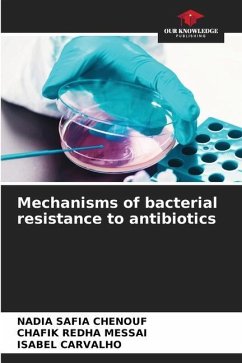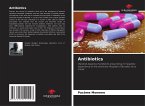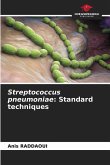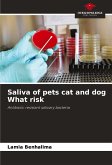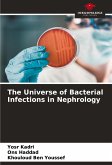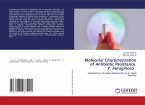Bacterial resistance to antibiotics has become one of the major threats facing the global community. It can result either from mutations or from the acquisition of resistance genes carried by mobile (plasmids, transposons, insertion sequences) or mobilizable (integrons) genetic elements. The aim of this book is to provide an overview of the main resistance mechanisms encountered in both Gram-negative bacteria (E. coli) and Gram-positive bacteria (Staphylococcus aureus). It also describes the main genetic carriers of this resistance.
Bitte wählen Sie Ihr Anliegen aus.
Rechnungen
Retourenschein anfordern
Bestellstatus
Storno

